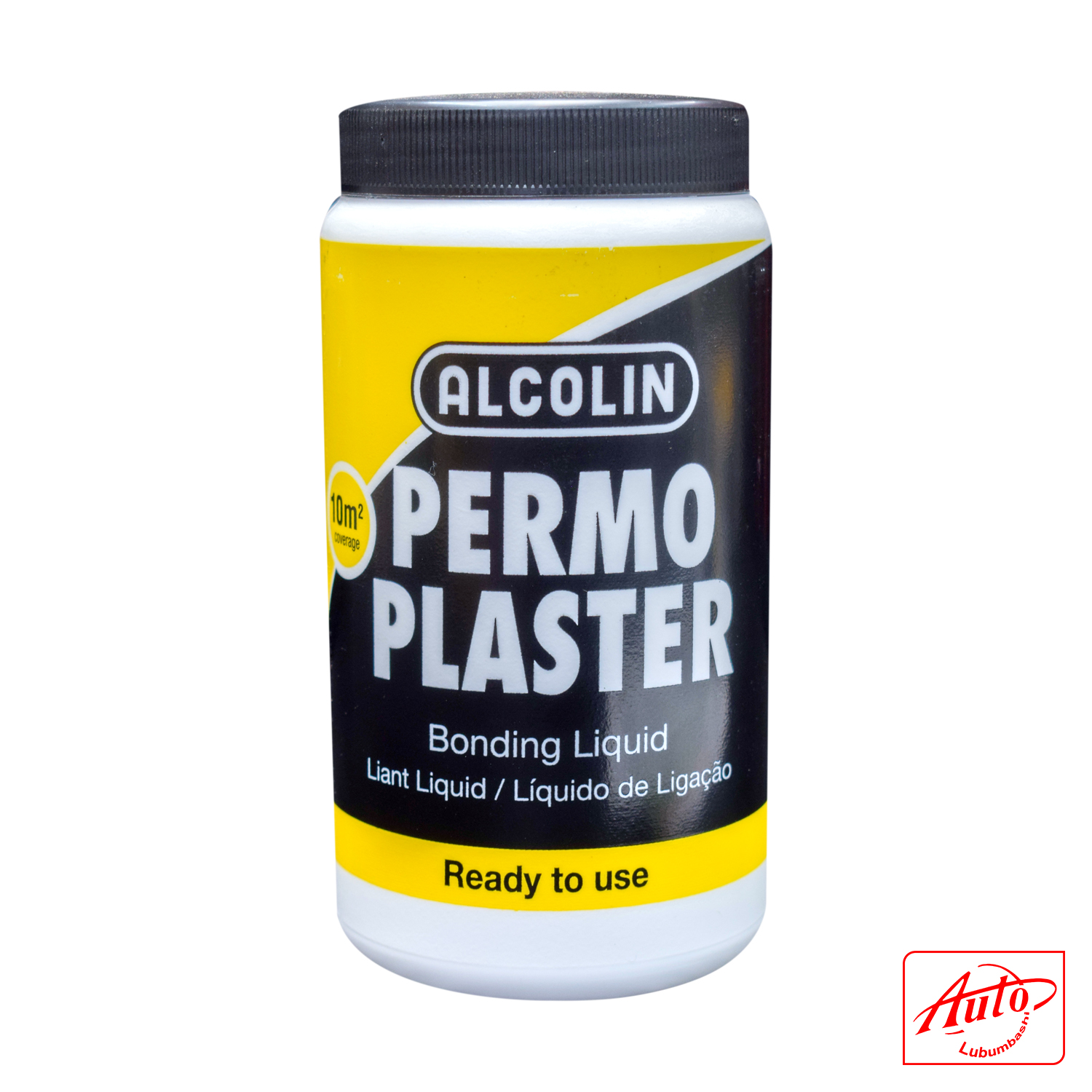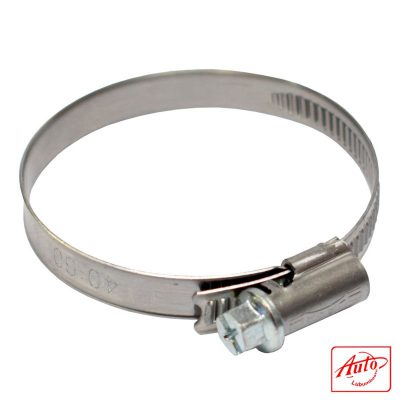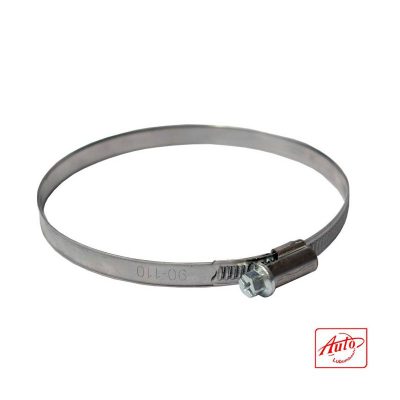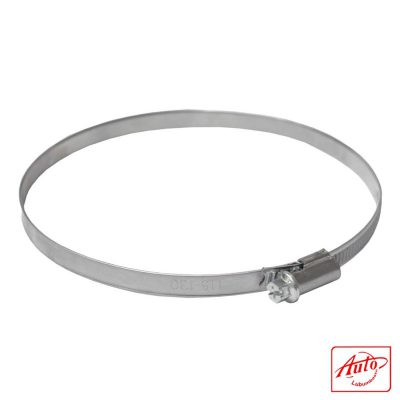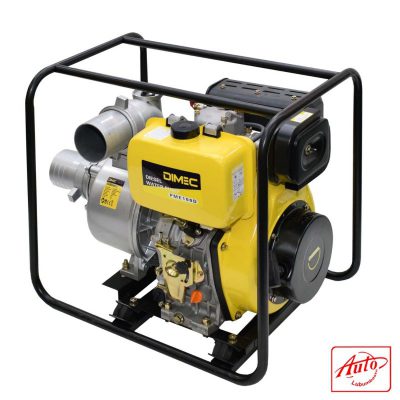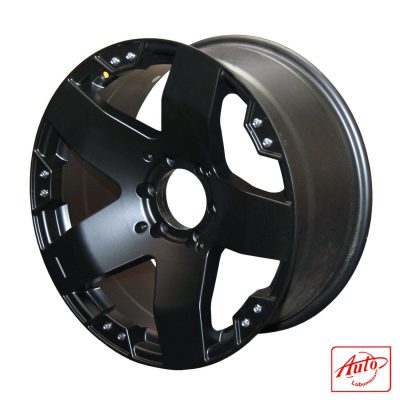PERMO PLASTER is a versatile water-based synthetic ter-polymer that has numerous applications in both the building and DIY industry. It performs as a bonding agent between new and old surfaces, and as a primer to toughen friable, powdery surfaces prior to plastering, screeding or tiling. It is also ideal as a keying agent over smooth nonporous surfaces, protective barrier coating between incompatible surfaces, and as a cement and gypsum additive for enhancing flexural strength, adhesion and water resistance.
General information :
Features & Benefits
- Versatile – primer, keying agent, additive, barrier coat.
- Excellent water resistance – ideal for applications requiring enhanced water resistance.
- Excellent adhesion – bonds to most surfaces used in the building industry.
- pH independent – compatible with both gypsum and cement products.
- Dries to a tacky finish – ideal as a bonding agent and primer.
- Solvent free – non-flammable, non-toxic.
- Water based – cleans up easily with water.
Applications
PRIMER & BONDING AGENT
Use prior to plastering, skimming, screeding, tiling and painting. PERMO PLASTER consolidates and regenerates friable porous surfaces thereby improving adhesion of plasters, screeds, tile adhesives and paints. It also reduces porosity of the sub floor reducing pinhole effect observed in self-leveling screeds, and preventing excessive absorption and loss of water of-hydration, thereby enhancing the performance of the screed / plaster system.
KEYING AGENT & SCRATCH COAT
Use prior to screeding and tiling over smooth, dense non-porous surfaces. PERMO PLASTER provides excellent keying properties to smooth, dense, non-porous surfaces such as quarry tiles, terrazzo, etc.
ADDITIVE
Use when plastering, skimming, screeding, tiling, grouting and painting. PERMO PLASTER enhances adhesion, flexural strength, and water resistance when added to gypsum plaster, cement plaster, screed, tiling adhesive and grout, and PVA based paint. Ideal for improving quality of low-cost paints. Prevents cracking in wide grout joints. Essential when tiling with porcelain tiles.
PROTECTIVE BARRIER COAT
Use prior to plastering and skimming. PERMO PLASTER acts as an ideal barrier coat between two incompatible surfaces for example, when applying a gypsum plaster to a cementitious surface or vice versa.
Adhesion
Excellent adhesion to plaster, plasterboard, mortars, concrete, sand-cement screeds, enamel paint, PVA, and acrylic paint, wood, metal, brick, natural stone, plywood, block wood, chipboard, MDF.
Limitations
Not to be used as a final coat due to film tackiness and high dirt pick up.
Not suitable for priming some plastic surfaces e.g. polypropylene, polyethylene, etc.
Not suitable as a primer between surfaces of differing dimensional stabilities e.g. as a primer between wood and plaster.
Not suitable for solving rising damp problems.
Not suitable for waterproofing where high hydrostatic pressures are anticipated.
Not suitable for sealing of resinous wood and knots. These must be sealed with a solvent based primer or knotting sealer.
Safety instructions
Although PERMO PLASTER is non-toxic, safe handling practices should still be implemented to avoid irritating sensitive skin. Wear rubber gloves to avoid direct contact with skin. In the event of skin contamination, rinse thoroughly with cold water. Seek medical assistance if irritation or discomfort persists. Avoid contact with eyes.
Do not empty into drains.
Keep PERMO PLASTER away from children and pets!
Refer to our Material Safety Data Sheets for further toxicological information and comprehensive handling instructions.
Surface preparation
Prior to the application of PERMO PLASTER, the surface must be dry and free from all loose materials, dust and dirt and other contaminants.
Directions for use
| Application | Task | Method of application |
| Concrete | Enhance adhesion properties, water resistance and flexural strength of cement | Add to concrete in place of wate |
| Painting | Painting onto an old friable, porous surface | Brush, roller or spray apply onto surface. Apply paint when surface has dried |
| Plastering & skimming
|
Protective barrier coat to prevent direct contact between two incompatible surfaces e.g. gypsum and cement | Brush, roller or spray apply onto surface. Allow to dry approx 30 minutes; apply second coat. Apply plaster when surface has dried |
| Enhance adhesion, water resistance and flexural strength thereby improving plaster performance and durability | Add to plaster in place of water
|
|
| Improve water resistance of plaster | Add to plaster in place of water | |
| Gypsum plaster / cretestone onto an old friable, porous surface – consolidate and regenerate the old surface improving adhesion of the new surface to the old surface | Brush, roller or spray apply onto surface. Allow to dry approx 30 minutes; apply second coat. Apply plaster or screed when surface has dried | |
| Sand / cement plaster onto an old friable, porous surface – consolidate and regenerate the old surface improving adhesion of the new surface to the old surface | Make your own scratch coat by premixing 1 part cement: 3 parts sand, add Permo Plaster in place of water Apply scratch coat over surface. Apply screed or tile adhesive when surface has dried | |
| Plaster over smooth, dense non-porous surfaces such as quarry tiles, terrazzo, etc. – provide excellent keying properties to enhance adhesion onto these difficult surfaces | Make your own scratch coat by premixing 1 part cement: 3 parts sand, add Permo Plaster in place of water Apply scratch coat over surface. Apply screed or tile adhesive when surface has dried
|
|
| Tiling and grouting | Enhance adhesion, water resistance and flexural strength thereby improving tile cement and grout performance and durability | Add to tile cement in place of water |
| Improve water resistance of your tile cement and grout | Add to tile cement in place of water | |
| Tile onto an old friable, porous surface – consolidate and regenerate the old surface improving adhesion of the new surface to the old surface | Brush, roller or spray apply onto surface. Allow to dry approx 30 minutes; apply second coat. Apply plaster or screed when surface has dried | |
| Tile over smooth, dense non-porous surfaces such as quarry tiles, terrazzo, etc. – provide excellent keying properties to enhance adhesion onto these difficult surfaces | Make your own scratch coat by premixing 1 part cement: 3 parts sand, add Permo Plaster in place of water Apply scratch coat over surface. Apply screed or tile adhesive when surface has dried | |
| Enhance adhesion when tiling with difficult to bond tiles e.g. porcelain tiles | Add to tile cement in place of water |
Cleaning
Machines and tools can be cleaned with water. Warm soapy water will increase cleaning effectiveness.
Effluent should be dealt with as per local regulations and if none exists, it is recommended to mix the effluent with sawdust and dispose of when dried.
Product packaging: 1L bucket
Product data
| Appearance | Viscous white liquid |
| Density | Approx. 1.02 g/cm3 |
| pH | Approx. 5.0 |
| Coverage / kg | Approximately 10m2
/L per coat depending on surface porosity |
| Tools | Roller, brush or spray equipment |


